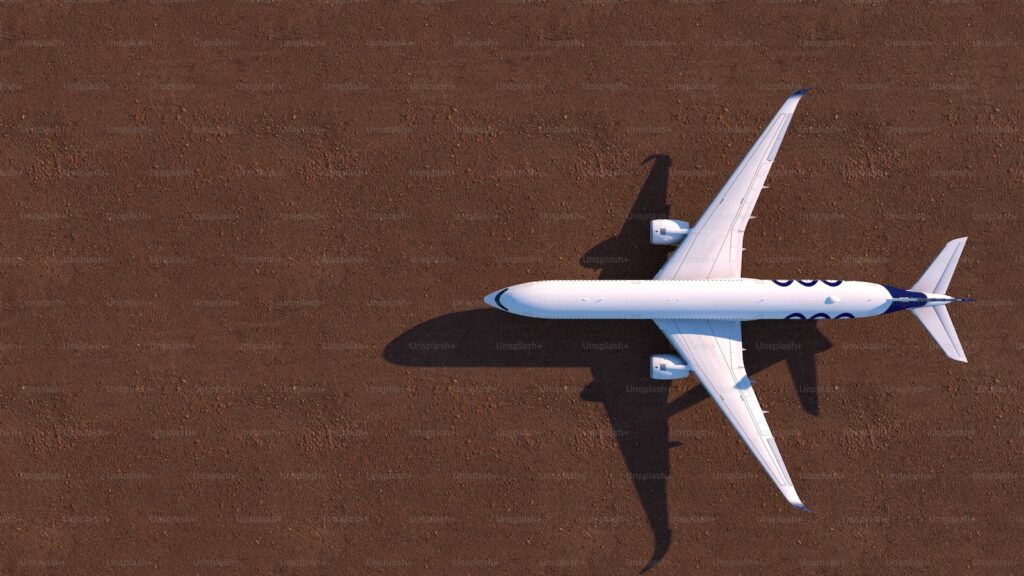
Ground handling is a critical component of the aviation industry. Proper ground handling ensures that aircraft are maintained and serviced in a safe and efficient manner, and that they are prepared for their next flight. While many airlines choose to handle ground handling operations in-house, others opt to outsource these operations to third-party providers. There are several different types of ground handling outsourcing models, each of which has its own advantages and disadvantages. Here are the different types of ground handling outsourcing models:
1. Full Outsourcing: Full outsourcing is the most comprehensive type of ground handling outsourcing model. Under this model, an airline outsources all of its ground handling operations to a third-party provider. This includes everything from aircraft servicing and cleaning, to fueling, baggage handling, and cargo handling. Full outsourcing can be advantageous for airlines that want to focus on their core operations, and that want to reduce costs by outsourcing non-core functions.
2. Partial Outsourcing: Partial outsourcing is a more targeted type of ground handling outsourcing model. Under this model, an airline outsources some, but not all, of its ground handling operations to a third-party provider. For example, an airline may outsource its baggage handling operations, while retaining control over its aircraft servicing and cleaning operations. Partial outsourcing can be advantageous for airlines that want to maintain control over certain aspects of their ground handling operations, while still benefiting from the expertise of third-party providers.
3. Joint Venture: A joint venture is a type of ground handling outsourcing model in which an airline and a third-party provider form a partnership to jointly operate ground handling operations. Joint ventures can be advantageous for both airlines and third-party providers, as they allow both parties to benefit from each other’s strengths and expertise. Joint ventures can also help to reduce costs, as both parties can share resources and infrastructure.
4. Build-Operate-Transfer: Build-Operate-Transfer (BOT) is a type of ground handling outsourcing model in which a third-party provider builds and operates ground handling facilities on behalf of an airline, before ultimately transferring ownership and control of the facilities to the airline. BOT can be advantageous for airlines that want to benefit from the expertise of third-party providers, but that ultimately want to maintain control over their ground handling operations.
In conclusion, there are several different types of ground handling outsourcing models, each of which has its own advantages and disadvantages. From full outsourcing and partial outsourcing, to joint ventures and build-operate-transfer models, each model offers its own unique benefits and challenges. As the aviation industry continues to evolve and face new challenges, it is likely that the importance of ground handling outsourcing will only increase, making it essential for airlines to carefully evaluate their options and choose the model that is best suited to their specific needs and goals.

